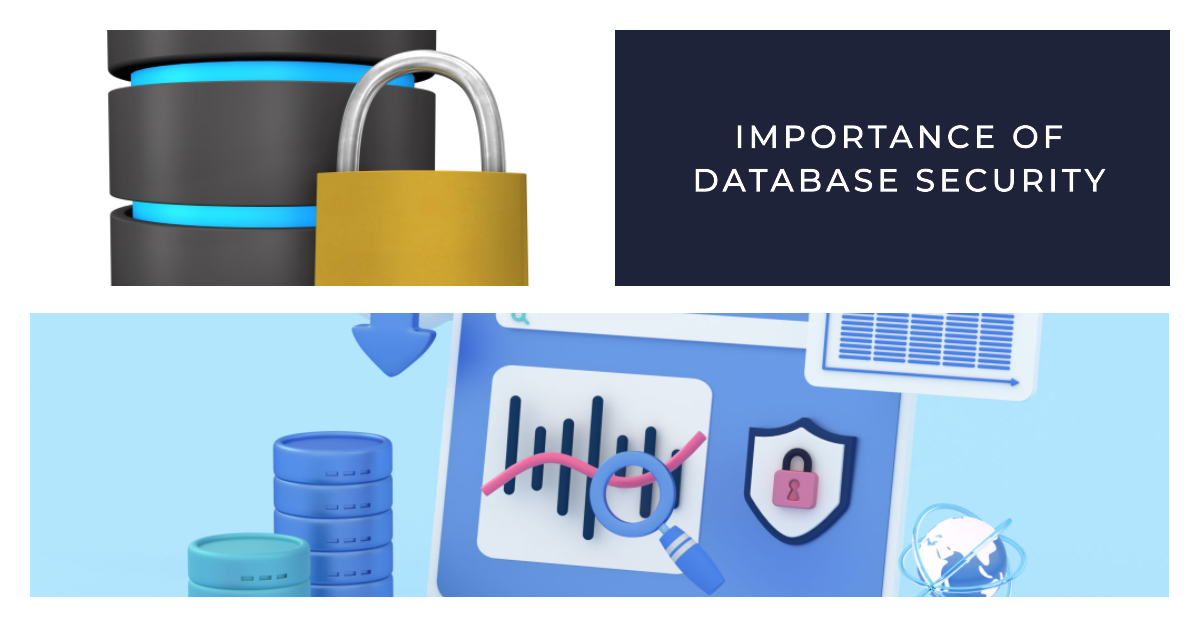SQL Injection
SQL Injection is a type of cybersecurity attack in which malicious actors exploit vulnerabilities in an application’s input fields to inject malicious SQL code into the underlying database. By doing so, attackers gain unauthorized access to the database and manipulate its contents. SQL Injection attacks can have severe consequences, ranging from unauthorized data access to data deletion and even the complete compromise of the entire database. The potential ramifications include the exposure of sensitive customer information, financial data, intellectual property theft, and potential legal and reputational damages for the affected organization. To prevent SQL Injection, developers must implement proper input validation and parameterized queries in their applications to ensure that user-supplied data is treated as data and not executable code.
Privilege Escalation
Privilege escalation refers to the act of unauthorized users exploiting vulnerabilities within the database system or its associated applications to elevate their access privileges. By gaining higher privileges than intended, attackers can circumvent access controls and gain unrestricted access to sensitive data or perform administrative actions. Privilege escalation vulnerabilities can arise from misconfigurations, weak access controls, or unpatched software. Attackers can exploit these weaknesses to elevate their permissions, posing a significant threat to data confidentiality and integrity. Organizations must adopt a least privilege principle, where users are granted only the minimum level of access required to perform their tasks. Regular security audits and monitoring can help detect and address potential privilege escalation risks promptly
Data Theft
Data theft involves unauthorized access to databases with the intent to steal sensitive information, such as personally identifiable information (PII), credit card details, trade secrets, or intellectual property. Attackers use various techniques, including SQL Injection, phishing attacks, and exploiting unpatched vulnerabilities, to gain entry to the database and extract valuable data. They may also employ malware and ransomware to gain control over the database and demand ransom for the data’s release. The consequences of data theft can be severe, leading to financial losses, reputational damage, and legal liabilities. To prevent data theft, organizations must implement robust access controls, encrypt sensitive data, and continuously monitor database activities for any suspicious behavior. Regular security training and awareness programs for employees are also crucial to identify and mitigate potential threats from both external attackers and insider threats.





